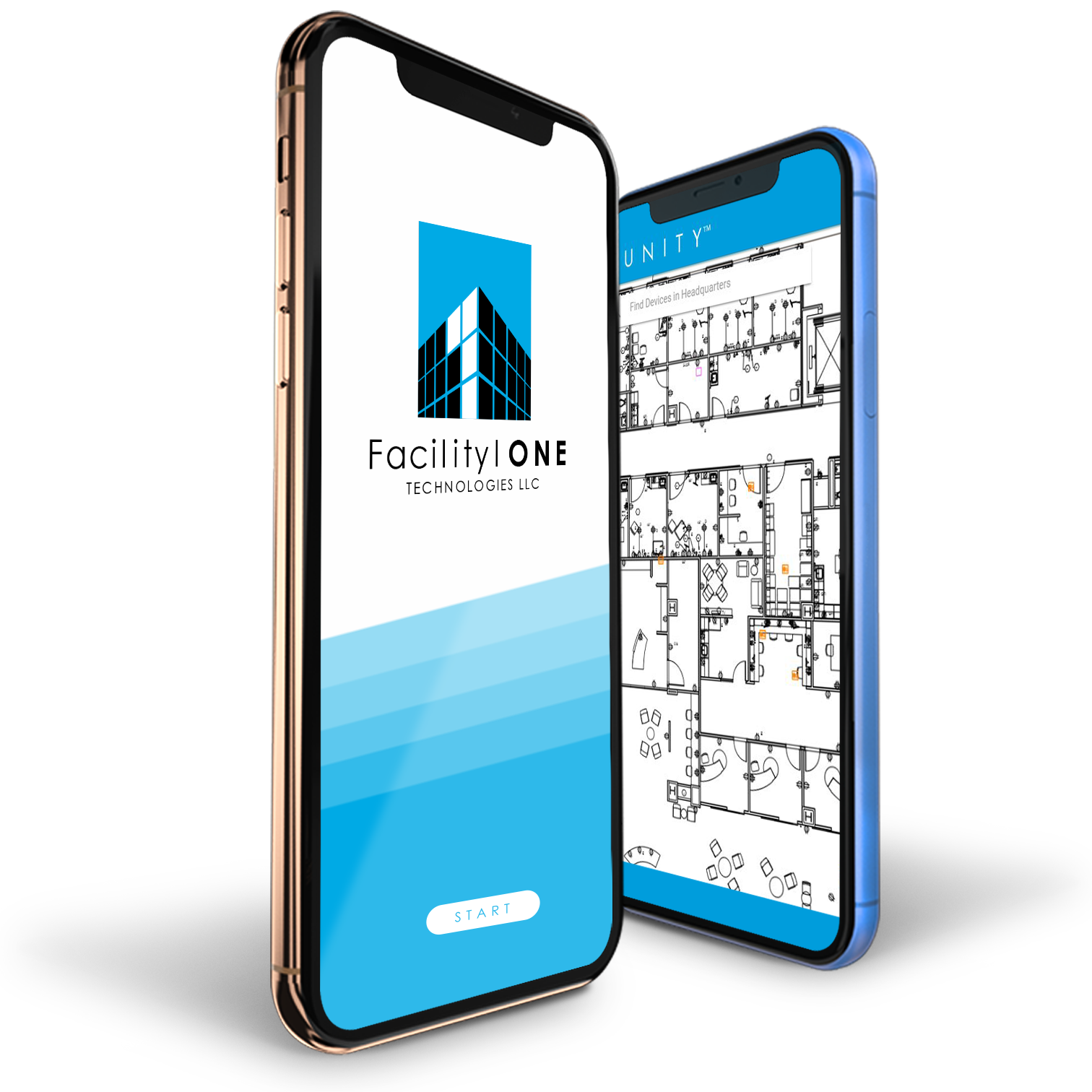4 Advantages of a Zoned Maintenance Philosophy
Zone maintenance can be defined as a structured maintenance approach that assigns a team of collaborative tradespeople to specific buildings and geographic areas of a facility, municipality, or campus. By working with this method, team members become familiar with building-specific systems, are hyper-focused on customers within their zone, and are quicker to respond to urgent needs.
SYSTEM FAMILIARITY
Zone Maintenance personnel become familiar with the customers, maintenance issues, access requirements, and other particulars of their zone or floor, making them more effective and efficient in providing services.
DECREASED RESPONSE TIME
Another advantage of zone maintenance is reducing the amount of time required to travel from a central location to the worksite. This reduced response time to the customer has been noted in organizations where satisfaction surveys are a key component in contract or bonus discussions. Also, as first responders, they determine if they can complete a job or if it must be sent to the central shops.
ISOLATING SPECIALIZED EQUIPMENT
For example, if you have a specialized zone like science or biology in education facilities or specialized labs & systems in a healthcare setting; it’s the only zone that has to maintain science-specific or lab-specific repair parts allowing for accurate inventory part levels. You also create a level of expertise within the zone maintenance group as they get to know their buildings and systems better.
REDUCE SINGLE POINTS OF FAILURE
Because each zone performs preventive and corrective maintenance of all building and mechanical systems within their assigned zone, technicians will gain knowledge of multiple systems outside of their specialty.
Including:
-
- Electrical – emergency, routine work, and preventive maintenance on electrical panels, switches, occupancy sensors, receptacles, light fixtures, electric heat, electric motors, and campus exterior street lighting.
-
- HVAC & Refrigeration – routine and emergency repairs and preventive maintenance on all equipment and systems including air handling units, air conditioners, unit heaters, coolers, pumps, valves, and temperature controls.
-
- Plumbing – installation, repair & maintenance on drinking fountains, showers, drain lines, faucets, garbage disposals, toilets, hot and cold water lines, water valves, submersible pumps, steam machines, water softener units, hot water heaters, dish machines and the like.
-
- Carpentry – building, and repair of walls, ceilings, cabinets, stairs, trim, and some furniture, flooring, sheet rock, door hardware, insulation, exterior siding, repair and upkeep of windows, replacing broken windows, glass and glazing, window blinds, porches, shelving, exterior fences, and exterior and interior masonry maintenance and repair.
A zoned maintenance approach may not be the right for every facility. In some cases, the zone maintenance personnel may be responsible for some of the actions listed above while the larger, more complex issues are handled by supervisors and skilled tradesmen and women at a traditional centralized location. Even if a hybrid of Zoned and Centralized maintenance is used, the relationship between technicians and the customers they serve is strengthened.

